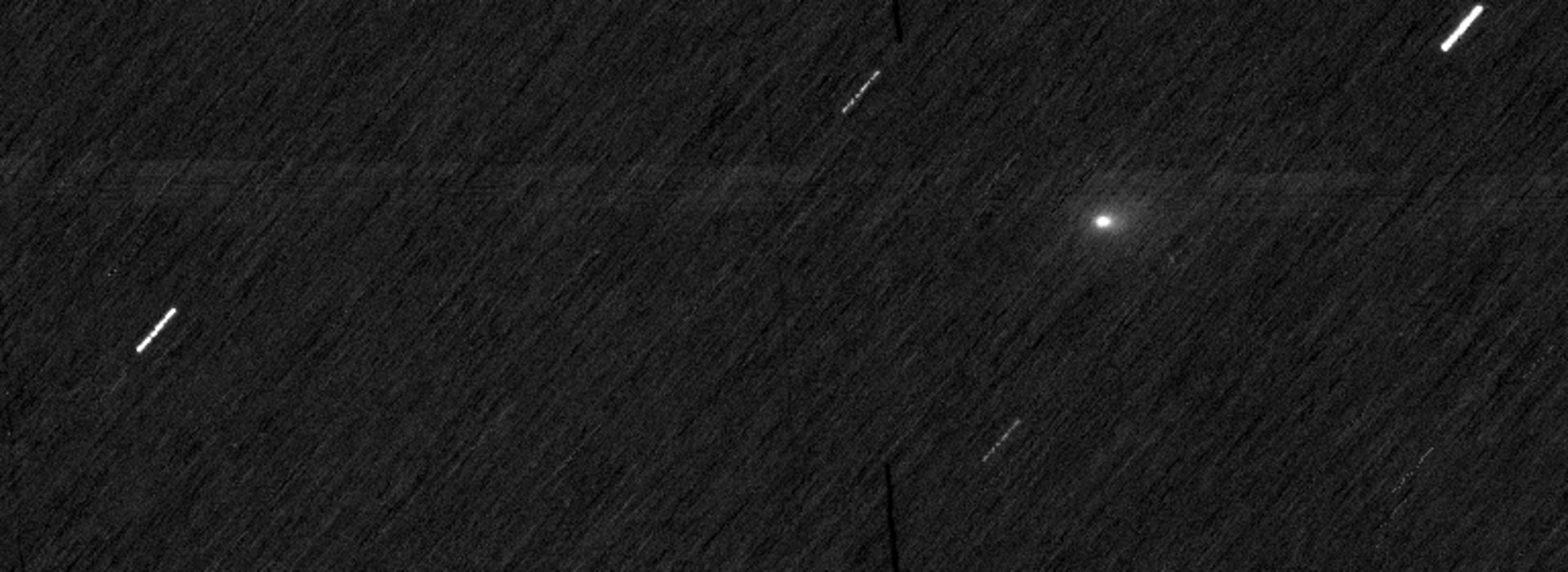The interstellar object 3I/ATLAS has been something of a mystery ever since it graced our Solar System. From all outward appearances, the object appears to be a comet that originated in another star system and was ejected by…
Category: 7. Science
-

SpaceX will attempt Starship’s 11th flight test on Monday
SpaceX is gearing up for the 11th flight test of its Starship megarocket, which will launch from its Starbase in Texas as early as Monday. The launch window opens on October 13 at 7:15PM ET. You’ll be able to watch live starting 30 minutes before…
Continue Reading
-
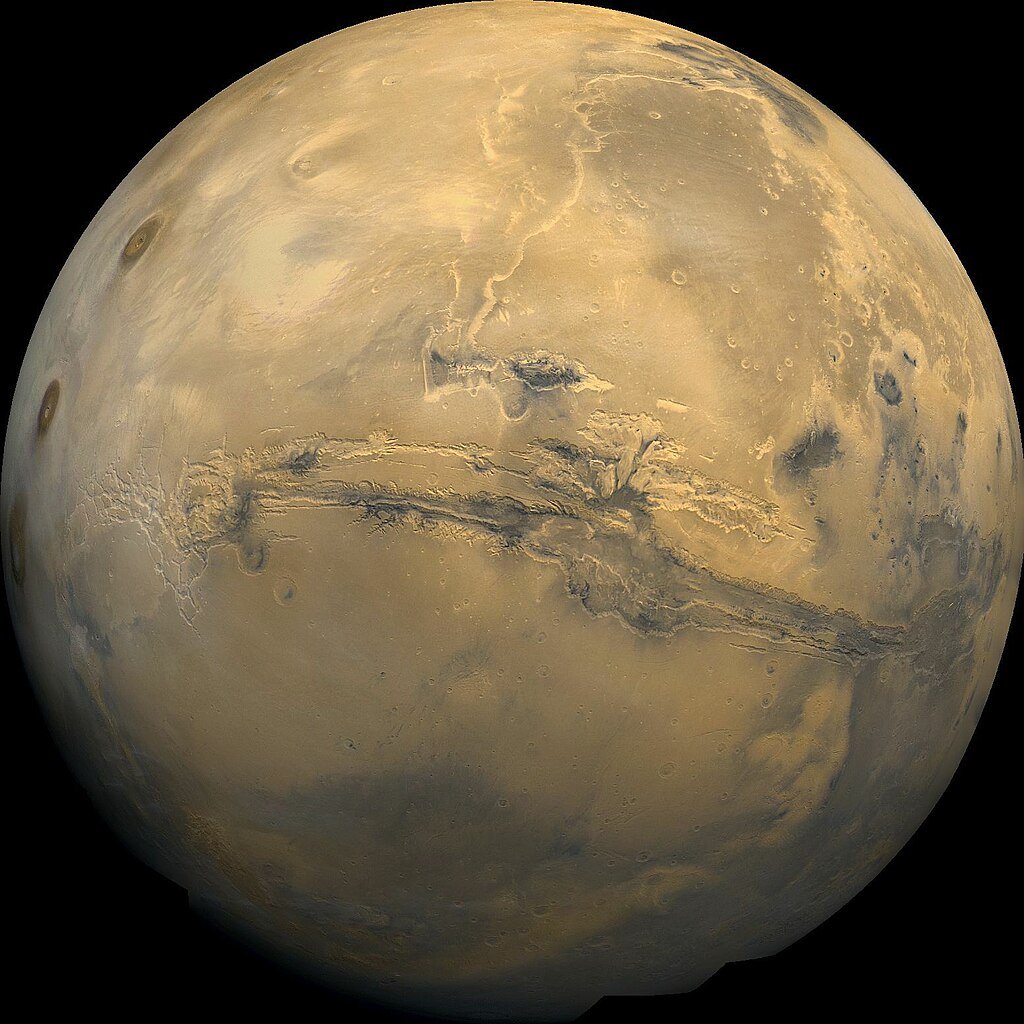
Could We Really Turn Mars Green?
Terraforming is the theoretical process of transforming a planet or moon to make it habitable for humans and other Earth like life. The concept involves altering an alien world’s atmosphere, temperature, and surface conditions to…
Continue Reading
-
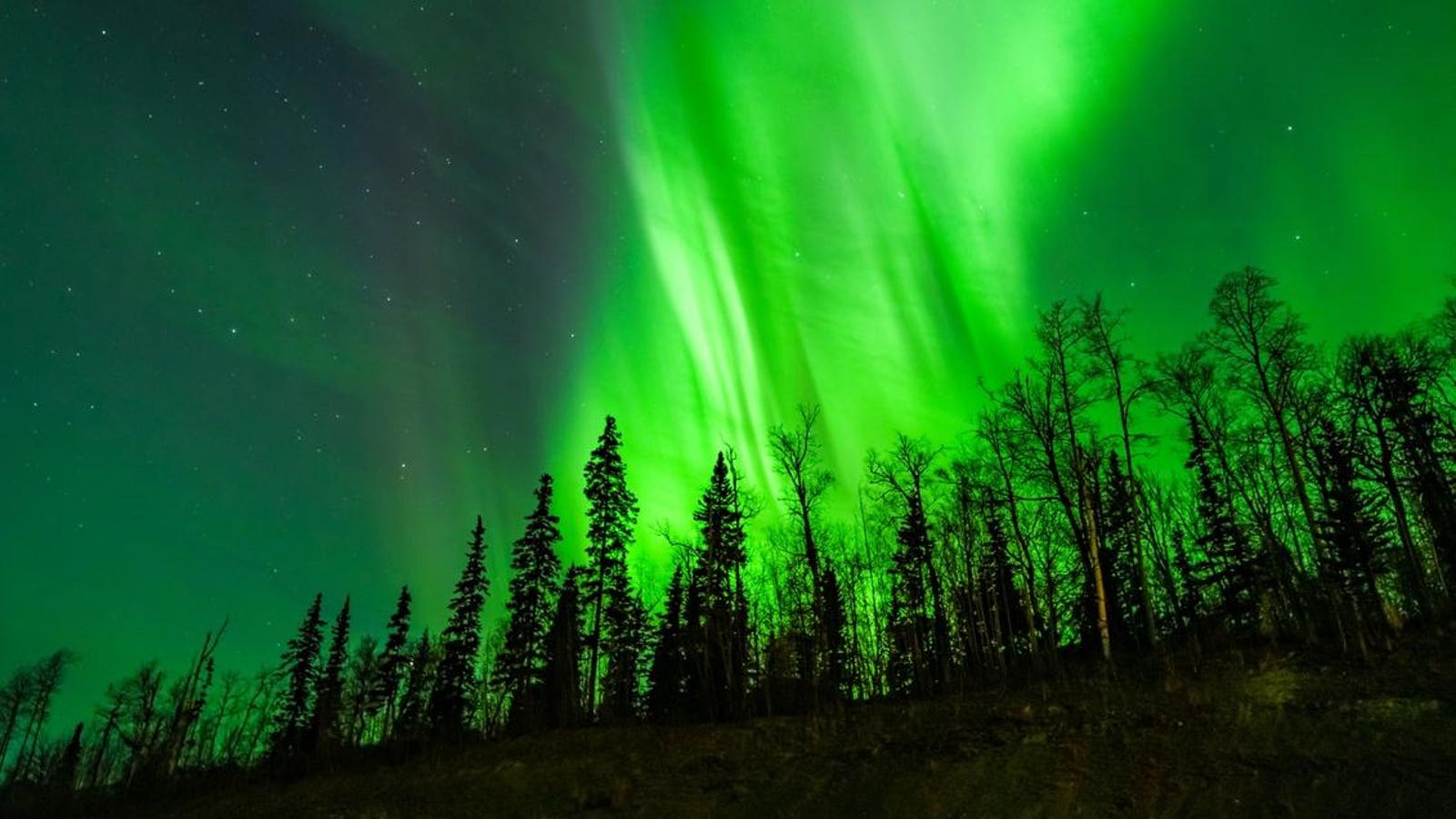
These 10 States Could See Aurora Borealis Tonight
Topline
The northern lights could be visible from several states along the U.S.-Canadian border on Sunday night, forecasters at the National Oceanic and Atmospheric Administration said, as the Earth could see the effects of minor geomagnetic…
Continue Reading
-

SpaceX plans to launch 11th Starship test flight in Texas as early as Monday
Oct. 12 (UPI) — Elon Musk’s SpaceX will conduct the 11th test flight of its Starship rocket Monday amid concerns that the United States is losing the race to return humans to the moon.
SpaceX said in a statement that the launch window will…
Continue Reading
-
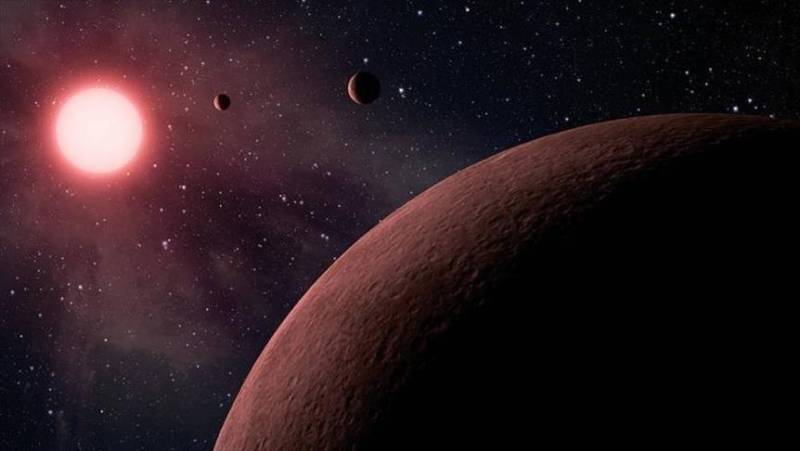
Saturn’s moon Mimas may hide young ocean below its icy surface
Saturn’s small, cratered moon, Mimas, may secretly harbor a young subsurface ocean — a finding that could reshape how scientists define ocean worlds in the solar system, new research suggested.
“When we look at Mimas, we don’t see any of…
Continue Reading
-
Just a moment…
Just a moment… This request seems a bit unusual, so we need to confirm that you’re human. Please press and hold the button until it turns completely green. Thank you for your cooperation!
Continue Reading
-
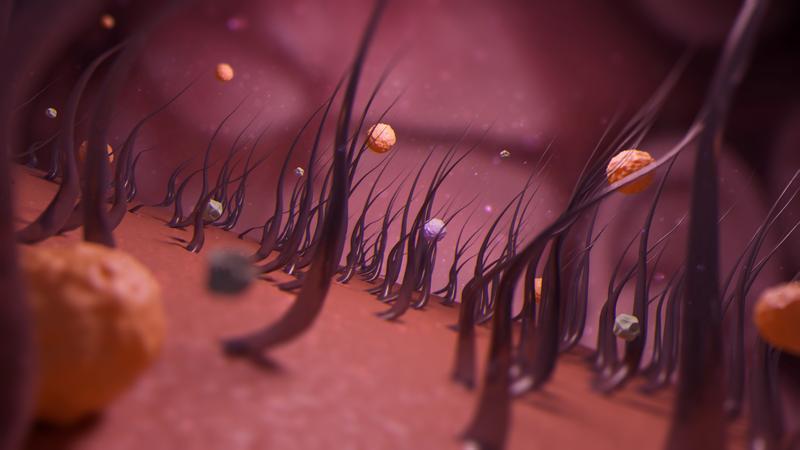
Scientists develop reusable air filter that mimics the human nose
Air pollution isn’t always visible, but it affects nearly every breath taken indoors. Floating in the air are tiny particles like dust, smoke, and pollen. These aren’t just annoying—they’re harmful. Air filters stand as the first line of…
Continue Reading
-
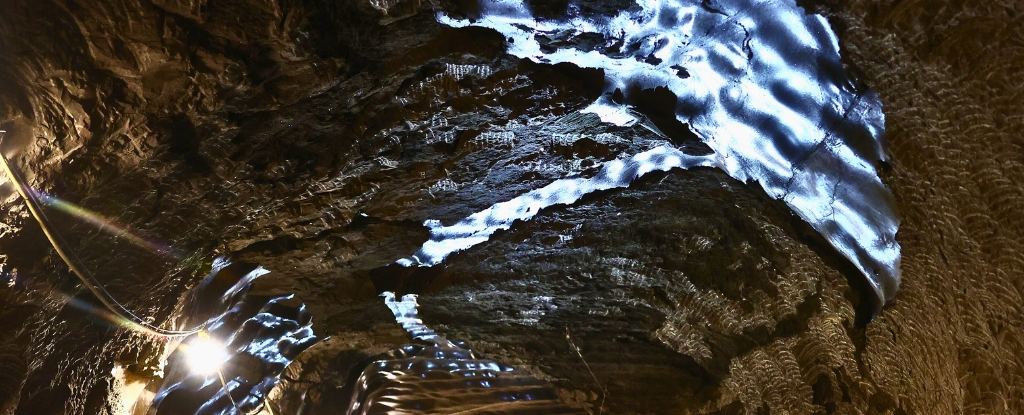
After 40,000 Years, Microbes Are Awakening From Thawing Permafrost : ScienceAlert
Ancient life has been resurrected from the bowels of a military tunnel that penetrates the Alaskan permafrost.
Some of the microbes thawed from these long-frozen soils have been trapped for 40,000 years. Now, they’ve been reawakened.
“These are…
Continue Reading
-

How gut bacteria learn and evolve – and shape your future health
Bacteria fill your body by the trillions, especially in your gut, where they outnumber your human cells. These tiny organisms – part of what’s called your microbiome – aren’t just hanging out.
Gut bacteria help you digest food, make…
Continue Reading
